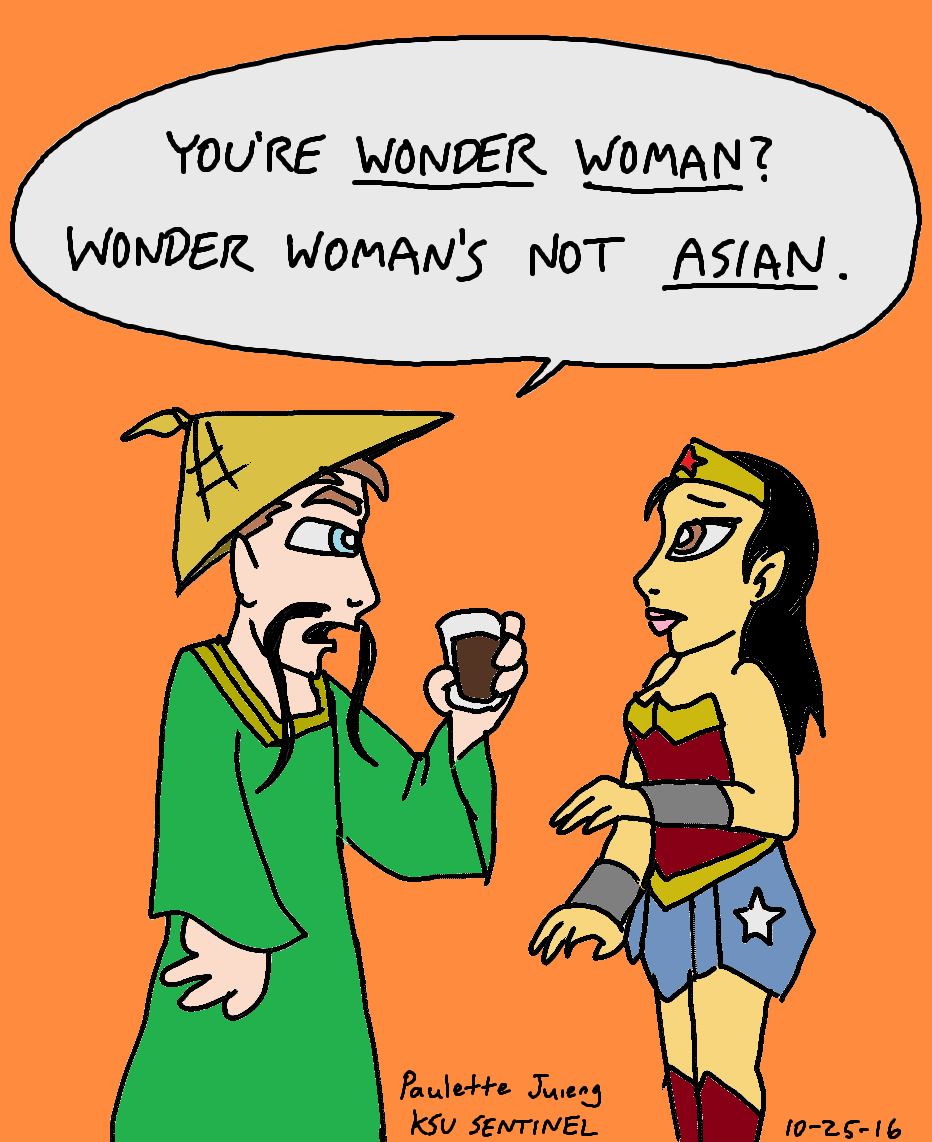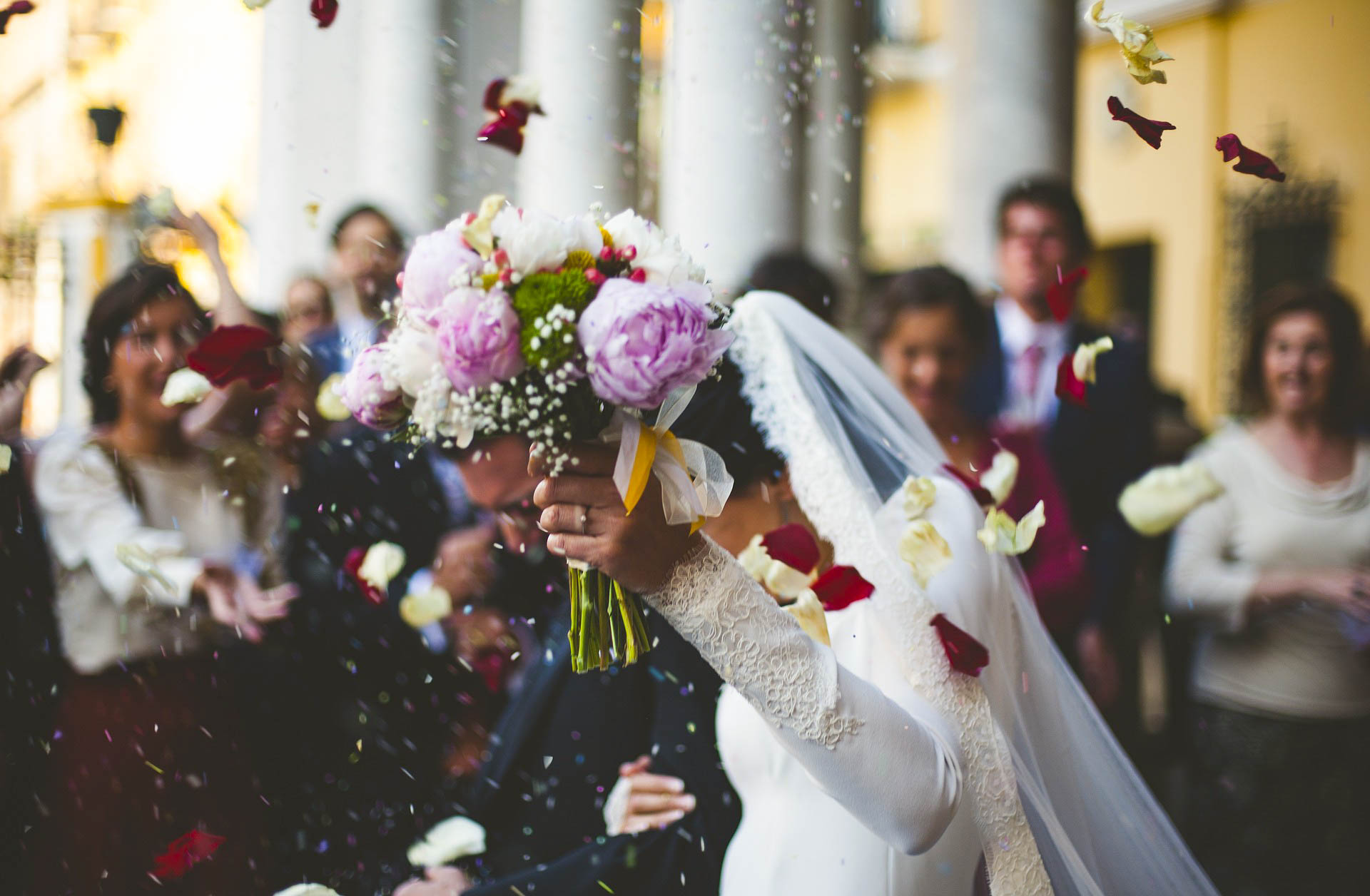When the sun sets on Halloween night, ghouls and goblins come alive and trick-or-treaters dress themselves in the costumes and colors of other cultures.
According to history.com, the traditions of dressing in costumes on Halloween night traces back to the old European and Celtic peoples. It was believed that spirits of the dead would come back to haunt the living, so people wore masks and eventually costumes to confuse the spirits.
Overtime, as Halloween became more of a secular celebration, the costumes became more elaborate — and, in some cases, offensive to other cultures. Halloween costumes bring forth the issue of cultural appropriation.
According to Fordham University professor Susan Scafidi, who wrote the book, “Who Owns Culture: Appropriation and Authenticity in American Law,” cultural appropriation is “taking intellectual property, traditional knowledge, cultural expressions or artifacts from someone else’s culture without permission.”
Cultural appropriation makes the thin line between cultural sensitivity and free speech even thinner. Halloween is meant to be a fun holiday, but when does fun turn into racism and bigotry?
“It’s most likely to be harmful when the source community is a minority group that has been oppressed or exploited in other ways,” Scadifi said, “or when the object of appropriation is particularly sensitive, e.g. sacred objects.”
A child who dressed as Pocahontas or Jasmine may not understand the stereotypes that he or she is reinforcing. Children are not inherently racist, but they can be taught racism. Still, dressing in stereotypical costumes only reinforces stereotypes.
Wearing a skimpy Native American inspired-costume with a headdress is not only insulting to Native women, but it utterly misrepresents the true meaning of a headdress — correctly called a warbonnet. According to Native Languages of the Americas’ website, warbonnets were only worn by male warriors and leaders. Every detail down to the beading and feather types had a specific meaning.
The same goes when one dresses up as a geisha. Contrary to popular belief, the Japanese geishas are not prostitutes — they are performers trained in music, art and dance.
Being trained as a geisha is seen as an elite and high-class art, not as a way to lure men. Geishas are best recognized by their snow-white skin, cherry-red lips and elaborate hairstyles. They are meant to be gracefully conservative — the opposite of your costume shop’s above-the-knee, dragon-crested dress.
Even if you do not see your costume as racism or offensive, you should still take caution.
“Your costume can still perpetuate harmful stereotypes and stigmas, which then welcomes more aggressive racist attitudes,” said Kat Lazo of Everyday Feminism.
“The lines [between racism and fun] that we have are drawn by society,” sophomore exercise science major Simon Young said. “There is not necessarily a line because different regions may have different ideas of what’s acceptable.”
I am not here to tell you what to wear or not wear for Halloween, but I urge you to educate yourself on your selection. Yes, Halloween is a night to be someone other than yourself, but do so with tact.
Borrowing from cultures should be done out of appreciation and admiration. If you choose to represent an ethnicity, do so with accuracy and respect.



